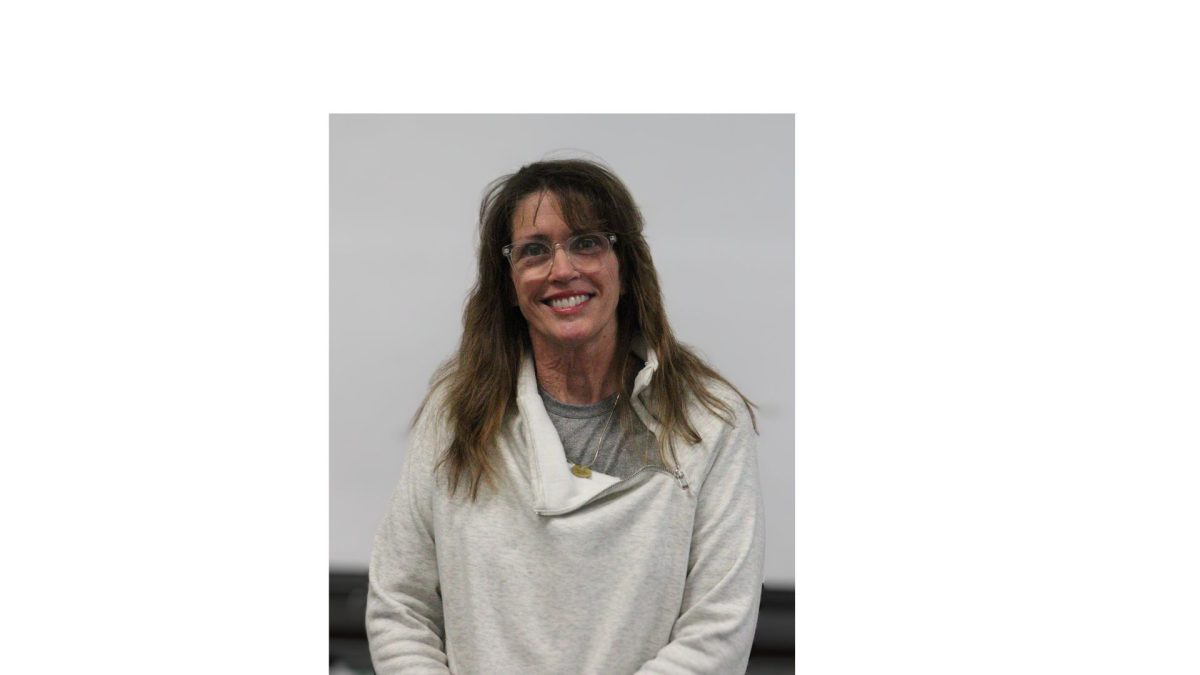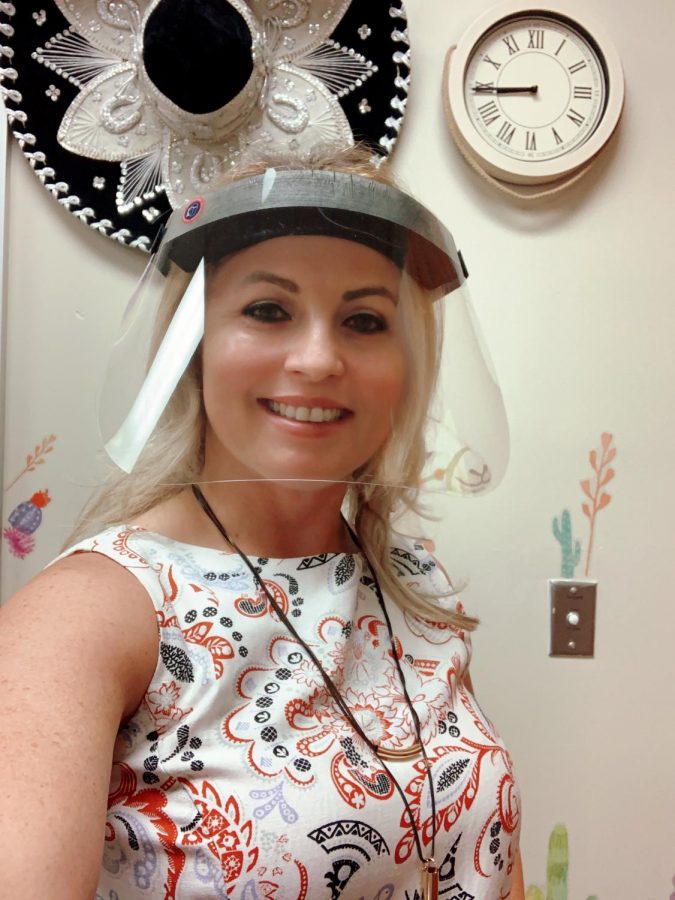Hamilton Southeastern is currently in it’s 50th year as a school. When thinking about the passing of time, many think of the students who have entered these halls, then left them four years later. However, students must not forget the teachers who have taught at this school through time, bringing it to be what it is today.
Thomas Younts is one of the staff members who has been here the longest. In his 40th year of teaching, he has seen the dynamic of the school grow and change right in front of his own two eyes.
“The first class of the school had 42 kids. Back then, the following year was the consolidation year and it got a little bigger after that, not much,” Younts said. “In reference to FFA, the charter for FFA in Hamilton Southeastern was at the school in Fishers, but in the fall of ‘67 was the first year that this building was here. I started teaching here in ‘77, as the agriculture teacher, and I’ve been here ever since, so this is my 40th year teaching here.”
In the beginning, HSE was just a tiny school out in the middle of nowhere that not many had heard of, near no major roads.
“HSE was a really small school with one teacher’s lounge and one cafeteria,” Younts said. “But, we did have the swimming pool, and that was kind of unique for a school that small to have a swimming pool, which many schools didn’t have at the time. We were just a small country school.”
As time passed, HSE gradually began to grow to the size and greatness that it was projected to be at.
“In the 80’s there was always talk that ‘we’d grow,’ but when the recession hit, that was a downturn so we stayed status quo,” Younts said. “Then, once we got to the early 90’s, it started to grow. It seemed like the economy got better. Dr. Leonard, who the Leonard Auditorium is named after, was a bit of a mover and shaker and he came in and all of a sudden people started to pour into the district. From then until now, the growth was just wild.”
While the building may have been changing in size and shaper, and the student body increased, Younts also saw the shifts in the social aspect of the school.
“I’ve seen a lot of different teaching styles,” Younts said. “It seems like a cycle every time there is a new method. The school culture is always driven by the principal. He will come in with an idea of what he wants and that is the way everything goes. Each one has their one has had their own style. Some are more geared towards academia, some are more social, some are more disciplinarian. Then, you have the school board and superintendent, and when the school board changes things, the whole dynamic changes.”
Because of shifts in values and learning, the curriculum Younts teaches is different from what it was 30 to 40 years ago.
“We had auto mechanics here, we had printshop, we had woodshop, and metal shop, and the kids did all of that,” Younts said. “Now, a lot of that has been shifted to J. Everett Light, and the hands-on classes we have are welding and ag-mechanics. We still have the greenhouse with landscaping and horticulture. So the classes themselves have changed because the kids back then needed classes such as farm and livestock production in order to properly run their farm. But now, that isn’t as prevalent in the curriculum. So much of how your school “psyche” is from the leaders of the school.”
Despite changes, Younts has continued teaching at this school. It is the fact that there has been so much change that keeps things interesting. He is able to find new challenges and teach different classes, with no two years being the same.
To see more teacher interviews, pick up the new issue of The Orb.
















